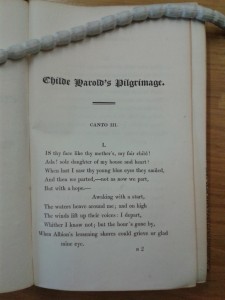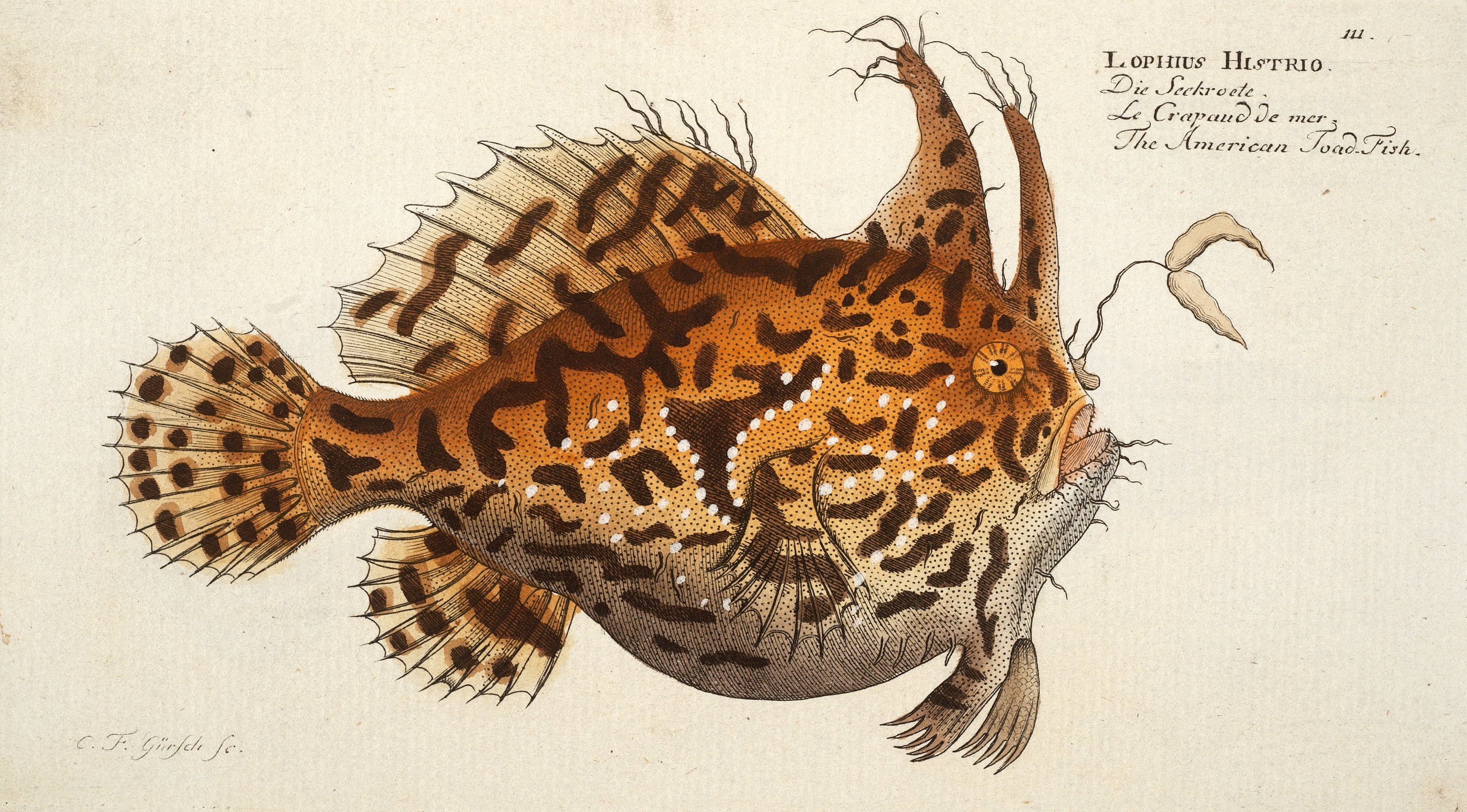The graphic artist Talwin Morris (1865-1911) was a member of the circle of artists surrounding the architect Charles Rennie Mackintosh in Glasgow. Through his book designs, Morris was able to introduce a wide audience to what was known as the ‘Glasgow Style’ as it flourished at the end of the nineteenth century.
Five years ago we organised an exhibition of Talwin Morris book covers which was on display outside the Special Collections reading room, with an accompanying exhibition page on our website. The exhibition showcased a selection of book covers designed by Morris from our rare book collections and the MERL library. Since then, we have been very pleased to receive a number of emails from Talwin Morris collectors and other individuals with an interest in his work, sometimes to offer Morris books for sale or donation, or just to share interest and knowledge.
In this way we were contacted recently by an Oxfam bookshop in Birmingham seeking information about a beautiful set of poetry books designed by Talwin Morris. We are delighted to say that we have now purchased this set for the Printing Collection, part of the rare book collections at Reading.
The set is a later version of the Red Letter Library, published by the Gresham Publishing Company as a boxed set with the title ‘A Library of Choice Poetry’ some time between 1902-1911. The books are bound in cloth with front cover and spine designs by Talwin Morris [shown above], who also designed the title-pages and endpapers [detail of endpaper design shown below]. The series includes volumes of poetry by Matthew Arnold, Tennyson, Wordsworth and Keats.
One of the appealing features of Talwin Morris’s work is that, aside from the beauty of the designs, examples of his book covers can still be found for sale for fairly modest sums in charity shops and secondhand booksellers as the texts themselves are not particularly rare – once you become familiar with his style they are easy to spot!
[Many thanks to Ladi Dell’aira from the Oxfam bookshop in Kings Heath, Birmingham, for her kind permission to use her photographs of the books in this post and for her help with the acquisition of the books].













